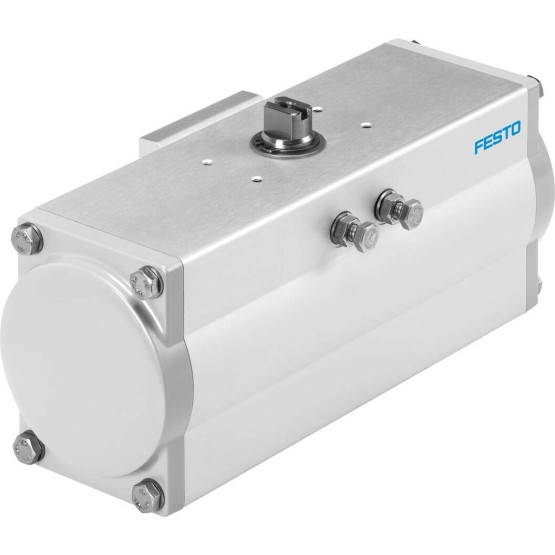The Replacement Cycle of Stretch Cylinder Seals and Maintenance Guide
2024-06-19In the modern era of industrial automation, pneumatic components play a crucial role. The stretch cylinder, as a common type of pneumatic actuator, relies heavily on the performance of its seals for efficient operation and longevity. This article will explore the replacement cycle of seals in stretch cylinders and provide some basic maintenance tips.

The Role of Seals
Seals are primarily responsible for preventing gas leakage, ensuring that the cylinder can provide stable pressure during operation. Typically made from rubber, polyurethane, or other synthetic materials, these seals are designed to withstand certain pressures and temperature variations.
Replacement Cycle of Seals
There is no fixed standard for the replacement cycle of seals, as it is influenced by various factors, including:
- Usage Frequency: Frequent use accelerates the wear and tear of seals.
- Operating Environment: High temperatures and chemically corrosive environments can shorten the lifespan of seals.
- Maintenance Status: Regular inspection and maintenance can extend the replacement cycle of seals.
- Cylinder Load: High load conditions can lead to faster wear of seals.
Generally, if the cylinder operates under normal conditions, the replacement cycle for seals may range from thousands to tens of thousands of work cycles. However, to ensure optimal performance of the equipment, it is recommended to inspect the seals at least once a year.
Signs of Seal Replacement
Before seals need to be replaced, there are usually signs such as:
- Leakage: If gas leakage is detected from the cylinder, it may be a sign of worn or damaged seals.
- Decreased Performance: If the cylinder’s thrust or speed is not as good as before, it may be due to a decline in seal performance.
- Abnormal Noise: Abnormal noise during cylinder operation may be caused by damaged seals.
Maintenance and Replacement Steps
- Close the Air Source: Before any maintenance work, ensure the air source is closed and the pressure inside the cylinder is released.
- Dismantle the Cylinder: Dismantle the cylinder according to the manufacturer’s guidelines for easy seal replacement.
- Inspect the Seals: Check for wear, cracks, or other signs of damage to the seals.
- Replace the Seals: If the seals are damaged, replace them with new seals of the same specifications.
- Reassemble: Reassemble the cylinder in the correct order and method, ensuring all parts are properly installed.
- Test Performance: After replacing the seals, perform a performance test to ensure the cylinder operates normally.
The seals of a stretch cylinder are key components that ensure the performance of the cylinder. By regularly inspecting and replacing them in a timely manner, you can extend the life of the cylinder and reduce downtime. Always follow the manufacturer’s maintenance guidelines and seek professional technical support when necessary.